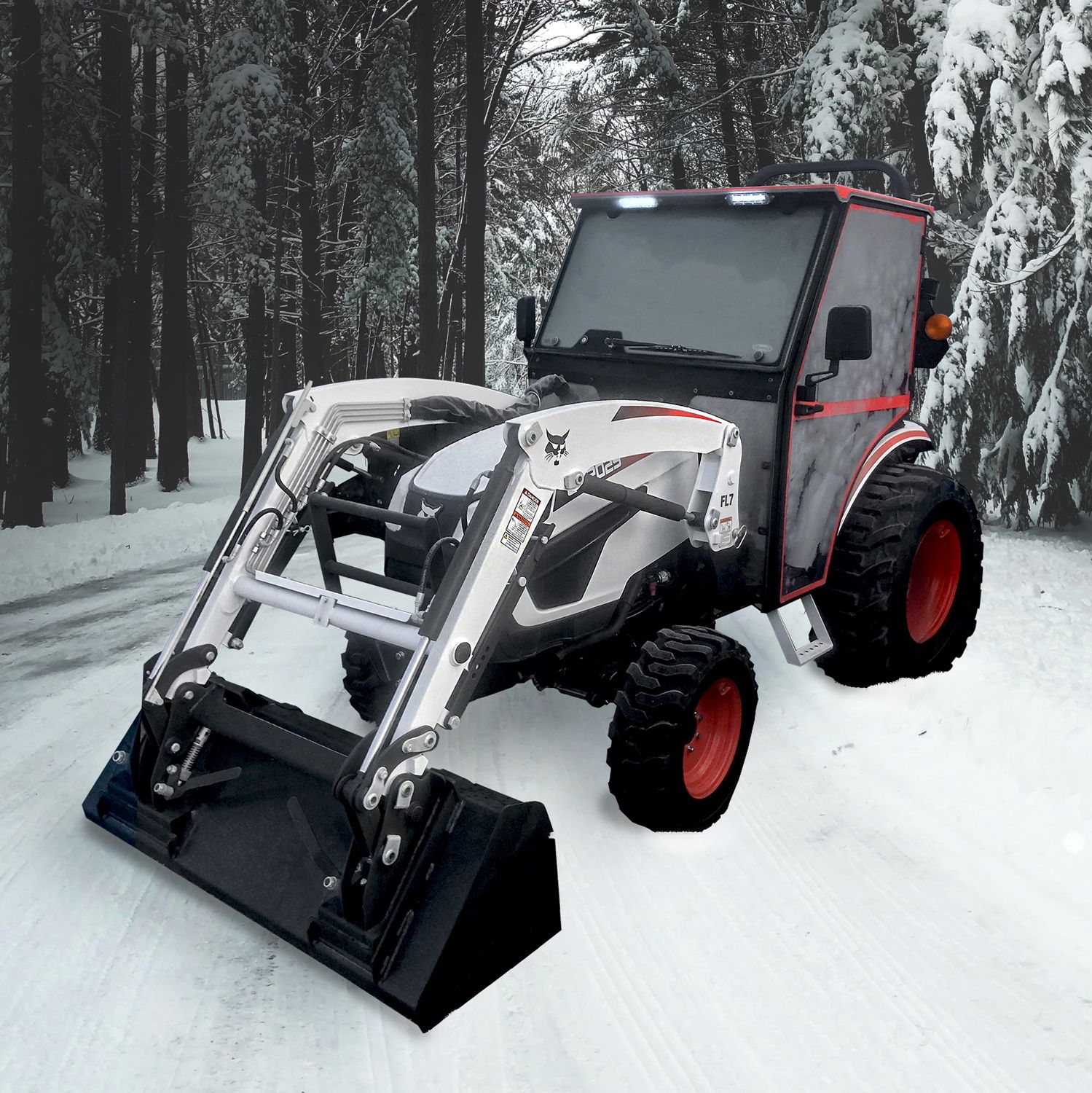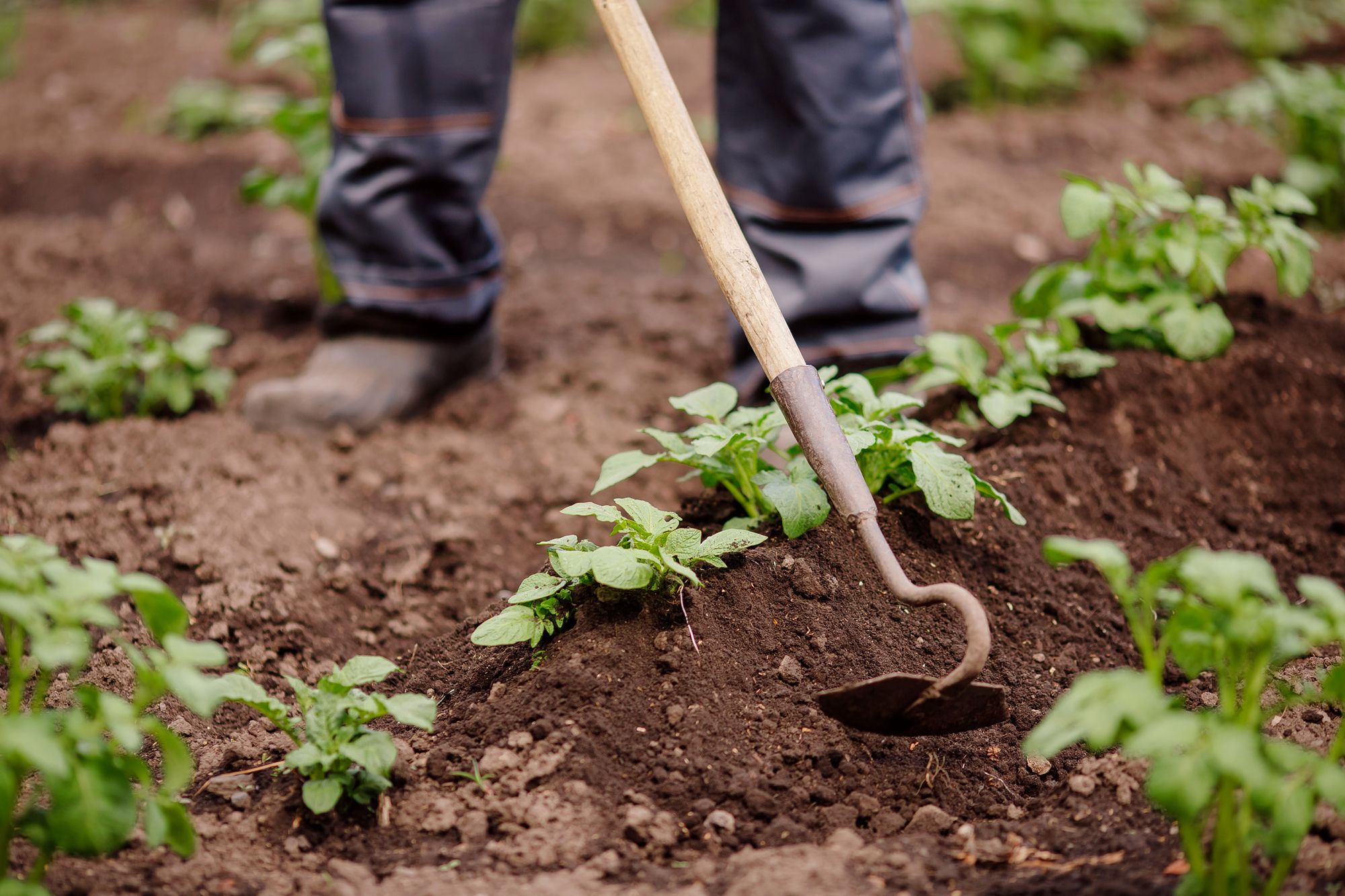Tool Tune-Up Time - Now is when you should clean and protect


When I was young, a neighbor showed me how to be a good neighbor. Among his lessons: When you borrow a tool, always return it in better condition than when it was handed to you. Always. It involved a lot of cleaning, polishing, and coating.
With spring just around the corner, now is the time to take a critical look at both the gardening shed and the workshop to see what needs some sprucing up. Grab some shop rags and the biggest can of WD-40 you have on hand and have at it.
Work bench
All those hand tools that have been haphazardly left on the workbench should be sorted and put away or hung up, if you fancy pegboard. But first, wipe down screwdriver handles to remove grime, and polish up the business end with that rag.
Saws—you still use hand saws, right— should be de-rusted with a light touch of steel wool and a quick touch of oil or WD-40 (get used to that as this is going to read like a how-to for the company) to prevent further corrosion. Note: WD-40 makes a “specialist" line to do different things, and their Dirt & Dust Dry Lube will reduce friction when you use saws later on.
Wrenches, pliers, and locking or channel-size pliers also should be wiped down and lubricated. If you have a wire brush, take a swipe around threads and on the knurled ends to they will grip what you need.
Rasps, drill bits, and files also will benefit from a light coating of protectant. A dry lube spray would be ideal for files and rasps, as it leaves no oily residue.
Garden shed and potting bench
“Holy cow, did I really leave it like that last fall?” I hear you ask. Probably yes, so first grab a whisk and clean off horizontal surfaces of the potting bench and the floor and gather and stack clay pots and other containers. Coil up the row-marking twine you left in a ball last June and put it away.
Digging tools don’t get much love. Grab that wire brush knock off any remaining dirt on shovels. Remove any rust (yes, WD-40 makes a rust remover soak, too) then put a shiny surface on that cutting edge with a rasp or file. If you’re really handy, try using a grinding wheel to to this; you won’t believe how easily the will cut through the soil in a few weeks. Coat with a rust inhibitor and hang up for springtime use.
Power equipment
Look at this in terms of “going” and “coming.” What’s going away is your snow shovels and snow blower. Snow shovels should get the same treatment as described above for garden tools: Remove rust, knock down any nicks or catches with a file, and coat with rust preventative.
Your snowblower can now be decommissioned for several months. We recommend changing the oil and air filter today instead of a chilly day next December, and either draining the gas tank or adding a fuel conditioner for storage like Sta-Bil. As far as the part of the implement that actually propels snow, clean and coat with WD-40 or similar, including any screw-type knobs or levers for adjustment and operation. Assuming your spark plug is still clean and correctly gapped, adding fresh gasoline next winter will mean a single pull will be all that is needed to battle The Great Blizzard of 2019.
What’s “coming” is the outdoor lawn and garden equipment. Your push mower will benefit from fresh gasoline and perhaps an oil change or air filter replacement. Wipe down all the cooling vanes on the motor and turn the mower over (spark plug wire removed, please) to clean the underside. Sharpen the blade on a grinder and reattach. Fussy tip: When the underside of the mower deck is completely clean, give everything a spray of—you guessed it—WD-40 to coat. You’ll find grass won’t stick as readily and it will all clean up more easily.
Spray to play
I’m a great believer in pressurized spray products, and use WD-40 and other lubricants quite freely, along with other types of silicone- or dry-lube-based sprays—on doors, locks, outdoor equipment, even my car!
As we prepare for early spring and summer activities, don’t be shy about searching out these tools that will make your life easier and more rewarding.
Tags:Weekend Farmer

Acreage Life is part of the Catalyst Communications Network publication family.














